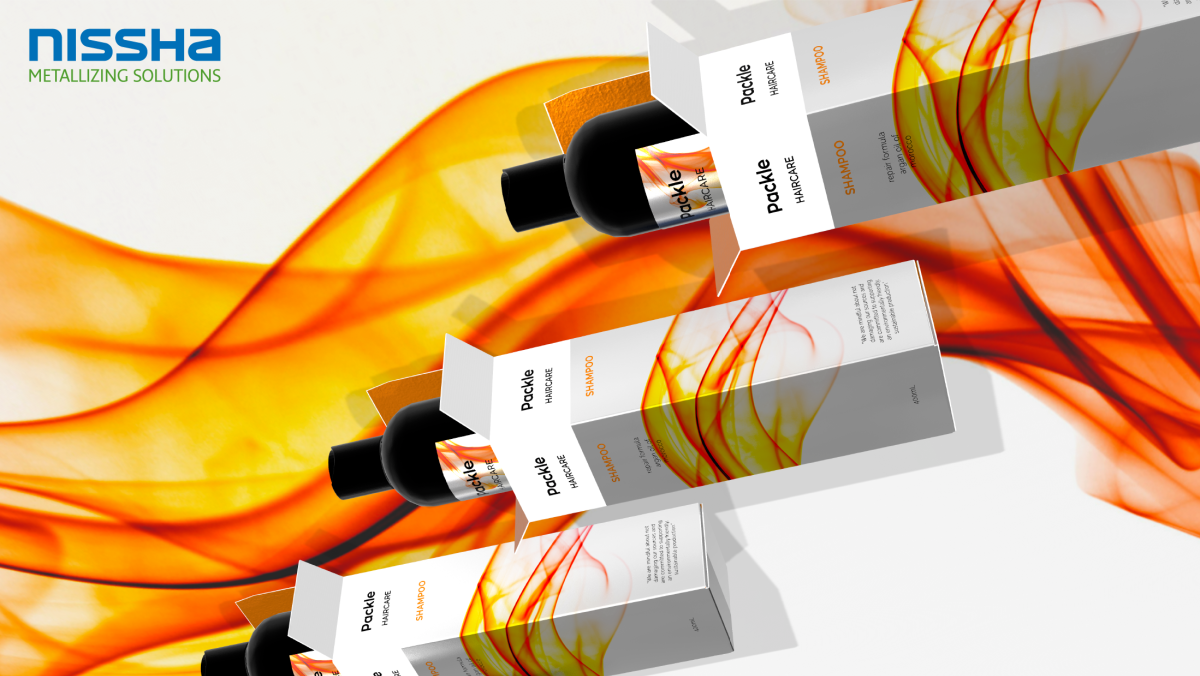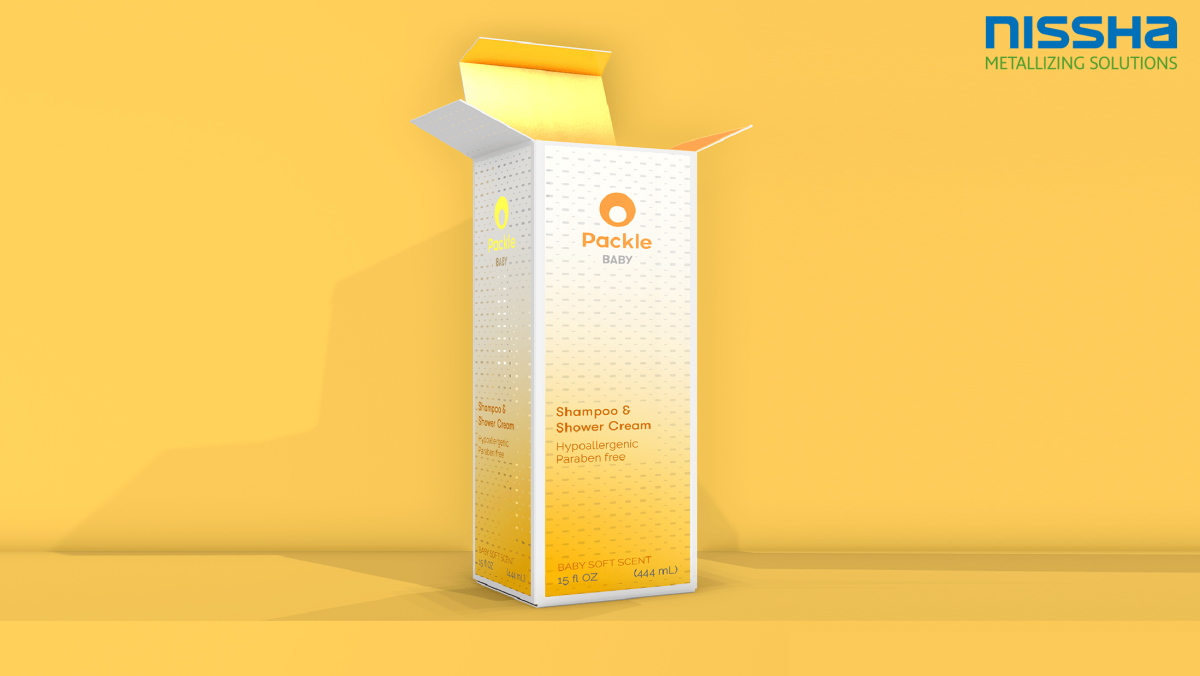2. The Attractiveness of Packaging
Episode 2: The Power of First Impressions: How Packaging Attractiveness Drives Consumer Choice
Introduction
In today’s global marketplace, where consumers are bombarded with countless product choices, the ability of a product to stand out on the shelf is crucial. Packaging is often the first interaction a consumer has with a product, making it a critical factor in the decision-making process. This article explores the psychology behind first impressions and how the visual appeal of packaging plays a pivotal role in driving consumer choices and boosting sales, with concrete examples from the European Union (EU), LATAM, and the United States (US).
The Importance of First Impressions
First impressions are formed in seconds, and they can be incredibly difficult to change. In the context of consumer goods, packaging serves as the initial touchpoint between a product and its potential buyer. Whether it’s the vibrant color of a beverage can, the sleek shape of a perfume bottle, or the luxurious feel of a cosmetic box, the packaging is a brand’s opportunity to make a strong and positive first impression.
Research indicates that consumers make quick, often subconscious judgments about a product based solely on its packaging. This immediate assessment is influenced by various factors such as color, shape, texture, and overall design. In a crowded marketplace, packaging that successfully captures attention and communicates value within these crucial first moments is more likely to convert interest into a sale.
The Role of Packaging Attractiveness in Consumer Decision-Making
The attractiveness of packaging goes beyond mere aesthetics; it has a profound impact on consumer behavior. Attractive packaging can create a positive emotional response, enhance perceived value, and differentiate a product from its competitors. This phenomenon is often explained by the "halo effect," where the appeal of the packaging extends to perceptions of the product itself.
For instance, a beautifully designed box for a premium chocolate brand not only catches the eye but also suggests that the product inside is of high quality. Similarly, a sleek and modern design for a tech gadget can convey innovation and cutting-edge technology. These visual cues play a significant role in shaping consumer expectations and can be a decisive factor in their purchase decisions.
Concrete Examples of Packaging Attractiveness Driving Sales
1. European Union: Lindt Chocolate (Switzerland)
Lindt, a premium Swiss chocolate brand, is renowned for its luxurious packaging, which has played a significant role in its success across Europe. The brand’s signature gold foil wrapping and elegant packaging designs are not only visually appealing but also convey a sense of premium quality and indulgence. This luxurious packaging has helped Lindt stand out in the crowded European chocolate market, where consumers are often willing to pay a premium for products that offer both high quality and an exceptional visual experience.
Lindt’s packaging has been particularly effective during the holiday season, where its beautifully designed gift boxes and limited-edition packaging have driven a significant increase in sales. In 2019, Lindt reported a 6.1% increase in sales in Europe, largely attributed to the success of its seasonal packaging, which resonated with consumers looking for luxurious gifts.
2. Brazil: Natura Cosmetics
Natura, a leading cosmetics brand in Brazil, has successfully leveraged packaging to enhance its brand image and drive sales. The brand’s packaging emphasizes sustainability, with eco-friendly materials and minimalist, elegant designs that reflect its commitment to the environment. This approach has resonated with Brazilian consumers, who are increasingly concerned about sustainability and environmental impact.
In 2020, Natura’s commitment to sustainable packaging played a key role in its 9.5% increase in sales in Brazil, despite the challenging economic conditions caused by the COVID-19 pandemic. The brand’s packaging not only appealed to environmentally conscious consumers but also reinforced its brand identity as a leader in sustainable beauty, helping to differentiate it from competitors in the crowded Brazilian cosmetics market.
3. United States: Apple Inc.
Apple is perhaps one of the best examples of how packaging can be a powerful tool for branding and driving sales. Apple’s packaging is minimalist, sleek, and meticulously designed, reflecting the brand’s ethos of simplicity and innovation. The unboxing experience of an Apple product has become a crucial part of the customer journey, creating anticipation and excitement that starts as soon as the product is in the consumer’s hands.
This attention to packaging detail has not only reinforced Apple’s brand image but also contributed to its sales success. The packaging of products like the iPhone and MacBook is so iconic that it has become a benchmark in the industry, inspiring countless other brands to elevate their packaging designs. In the US, Apple’s ability to create a strong first impression through its packaging has been a key factor in maintaining its position as a market leader in consumer electronics.
Key Elements of Attractive Packaging Design
Creating packaging that effectively captures consumer attention involves a careful consideration of several design elements. Here are some of the most important factors:

1. Color and Contrast:
Color is a powerful tool in packaging design. It can evoke specific emotions, convey brand identity, and even influence purchasing decisions. For example, red is often associated with excitement and urgency, making it a popular choice for promotions or limited-time offers. Blue, on the other hand, is seen as trustworthy and reliable, which is why it’s frequently used in the packaging of financial products and healthcare items.
Contrast helps important elements stand out. High contrast between text and background ensures readability, while contrasting colors can draw attention to key features or branding elements. Effective use of contrast can make packaging more eye-catching and easier for consumers to process quickly.
2. Shape and Structure:
- The shape of packaging can greatly influence its attractiveness. Unique or unconventional shapes can create a sense of novelty, making the product more memorable. For example, a perfume bottle with an artistic, sculptural form can become a collectible item in itself, enhancing the product's allure.
- Structure refers to the overall build and form of the packaging. A well-structured package not only looks good but also feels good in the hand, adding to the consumer’s overall experience. Rigid packaging often conveys a sense of quality and durability, while flexible packaging might suggest convenience and ease of use. The right structure can reinforce the product’s brand message and appeal
3. Surface Finish and Texture:
- The surface finish of packaging plays a significant role in its visual and tactile appeal. Glossy finishes can add a sense of luxury and sophistication, making a product feel premium. On the other hand, matte finishes can suggest subtlety and refinement, appealing to consumers who prefer understated elegance.
- Texture adds a physical dimension to packaging, inviting consumers to engage with the product by touching it. A textured surface can make packaging more memorable and can be used to highlight certain aspects of the product. For example, a rough, grainy texture might be used on packaging for natural or organic products to convey a connection to the earth and raw materials.

4. Branding and Imagery
Branding is essential for building recognition and loyalty. Packaging is a key platform for displaying brand elements such as logos, taglines, and color schemes. Consistent and prominent branding helps consumers quickly identify products and reinforces brand identity.
Imagery used on packaging can evoke emotions, tell a story, or highlight the product’s benefits. Whether it’s a photograph of fresh ingredients on a food package or a sleek graphic on a tech product, the right imagery can create a strong visual impact and resonate with the target audience.
Case Studies: The Impact of Attractive Packaging
1. Luxury Cosmetics in the EU:
- A luxury cosmetics brand in France recently revamped its packaging to feature high-gloss finishes and elegant metallic detailing. The new design not only attracted more customers but also allowed the brand to position itself as a leader in the high-end cosmetics market. This strategic move led to a 15% increase in sales across the EU, with much of the growth driven by repeat purchases and gift sales during the holiday season.
2. Specialty Coffee in Brazil:
- In Brazil, a specialty coffee brand enhanced its packaging by incorporating natural textures and earthy colors, reflecting its commitment to organic farming and sustainability. This packaging not only differentiated the brand from mass-market coffee but also appealed to the growing segment of environmentally conscious consumers. As a result, the brand saw a 12% increase in sales, particularly in urban areas where consumers are more willing to pay a premium for sustainably sourced products.
3. Health and Wellness Products in the US:
- A US-based health and wellness company reimagined its packaging with a focus on simplicity and transparency. By using clear packaging materials and minimalistic designs, the brand effectively communicated the purity and quality of its products. This approach resonated with health-conscious consumers, leading to a 20% increase in sales, especially among millennials who prioritize clean and simple products.
The Lasting Impact of Attractive Packaging
Attractive packaging does more than just make a good first impression; it can also build long-term brand loyalty. When consumers have a positive experience with a product’s packaging, they are more likely to remember the brand and make repeat purchases. Additionally, attractive packaging can become a conversation starter, leading to word-of-mouth marketing and social media sharing.
In an age where consumers are bombarded with options, the ability to stand out visually is invaluable. Brands that invest in attractive, thoughtful packaging design can expect to see a return in the form of increased consumer engagement, higher sales, and stronger brand loyalty.
Conclusion
First impressions matter, and in the world of consumer products, packaging is often the deciding factor in whether a product is picked up or passed over. Attractive packaging can create an immediate connection with consumers, driving interest and influencing purchase decisions. As we’ve explored in this article, the power of first impressions lies in the careful design of elements like color, shape, surface finish